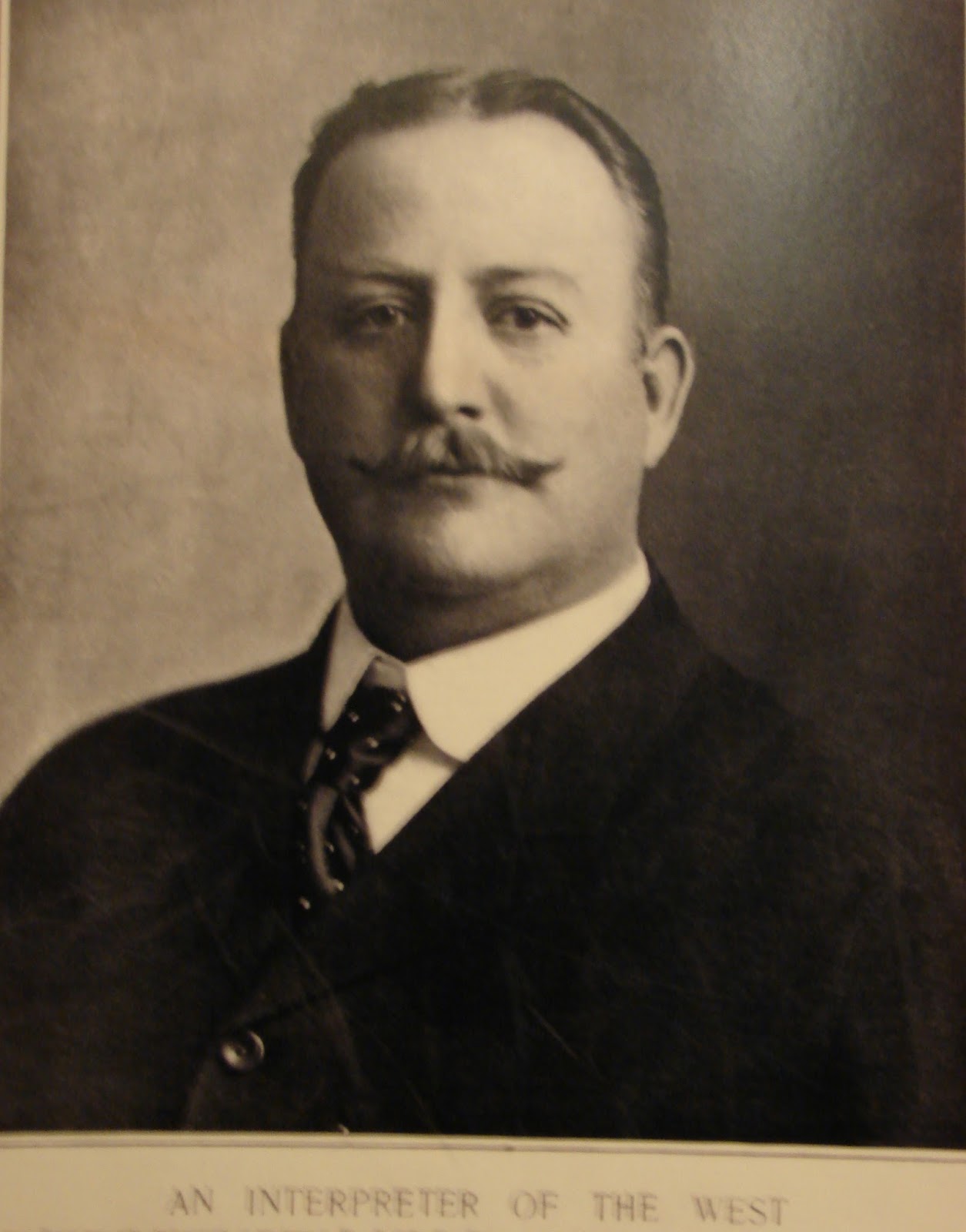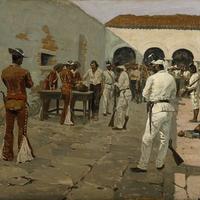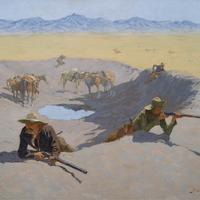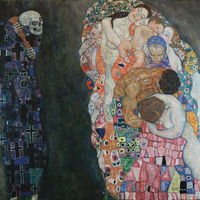More about Frederic Remington
- All
- Info
- Shop
Works by Frederic Remington

Contributor
Frederic Remington was a lucky kid. He got to play Cowboys and Injuns (as he liked to call them) well into his adult life.
He went to Yale and dropped out. Magazines like Harper’s and Colliers wanted him. This guy was hot stuff and he knew it. But boy, was he racist.
Born right into the Lincoln presidency in 1861, Remington grew up watching America evict its natives from their ancestral lands. Every year, a few new stars would be added to the American flag. From 1777 to 1960, flag-makers in the US had a tough time keeping up with the changes. Two centuries with a frequently updated flag must have been confusing for citizens. That’s probably why most Americans don’t understand each other. They’re busy choosing which version of America they’d rather live in.
While the nation was annexing its borders, Fred Remington was doing the same with his career. 25-years old and already featured in Harper’s weekly. This is after his stint as a sheep ranch farmer which he pursued for a year, subsequently blowing his entire inheritance. Sounds an awful lot like Teddy Roosevelt, right? That’s because they lived the same life. After the ranch episode, both their lives changed. In 1988, Remington got a 4-year contract with Harper’s Weekly. Roosevelt went on to fight corruption in the New York State Assembly. Remington clearly did well for himself, though not a well as Teddy.
One of Frederic’s earliest assignments had him accompanying an army unit on the pursuit of Geronimo. Remington built his repertoire based on these adventures. He created paintings, illustrations, sculptures, the works. The good ol’ American cowboy, and the savage Native, locked in an epic stand-off.
At Harper’s Weekly, he created the figure of the American hero. This guy has no past, knows no one, and at the end of the movie simply walks into the sunset. Yeah, he inspired all the other cowboy heroes that came after. The trope of the gun-wielding weirdo traveling the countryside, occasionally stopping to rescue a damsel in distress, is basically all Frederic Remington. Next time you’re watching the "Good, the Bad, and the Ugly," you’ll know who to thank.
Remington could’ve been a good guy, telling the story as it is. His employers had said, "He draws what he knows, and he knows what he draws.” Instead, he chose his white brethren. His lineage could boast the ultimate “American” family. He had all the “right” genes in all the “right” places. He was related to several civil war soldiers (including his dad), arms manufacturers (like Eliphalet Remington), artists (like George Catlin, nativist painter), and even George Washington (first POTUS) himself. Frederic Remington chose to be racist. He said, "I’ve got some Winchesters, and when the massacring begins which you speak of, I can get my share of ’em and what’s more I will. Jews—injuns—Chinamen—Italians—Huns, the rubbish of the earth I hate.” Ugh. He really was a terrible man.
Remington’s work did well in the art market, in magazines, and even in retired army generals’ living rooms. It continues to give us insight into the horrors of the Wild West. Sure, Remington painted the native Americans to be ruthless and skilled warriors. His heroes and villains were equally matched, one less "savage" than the other.
Remington died in 1909, after complications during an emergency appendectomy. He was 48-years old, leaving behind a wife who had left him once before.
Sources
- "Frederic Remington - Google Arts & Culture." Google. Accessed June 30, 2019. https://artsandculture.google.com/exhibit/QR1upDRu
- Picone, Kiri. "The Crazy Evolution Of The American Flag." All That's Interesting. December 20, 2017. Accessed June 30, 2019. https://allthatsinteresting.com/evolution-american-flag
- Tolles, Thayer. "Frederic Remington (1861-1909)." Metmuseum.org. Accessed June 30, 2019. https://www.metmuseum.org/toah/hd/remi/hd_remi.htm
- Foster, Feather Schwartz. "Roosevelt and Remington: The Cowboy and the Sculptor." Presidential History Blog. February 24, 2018. Accessed June 30, 2019. https://featherfoster.wordpress.com/2016/10/03/roosevelt-and-remington-…
- "Biography of Frederic Remington." Frederic Remington - The Complete Works - Biography. Accessed June 30, 2019. https://www.frederic-remington.org/biography.html
- "The “Redskins” and the Twisted History of Depicting Native Americans." Minneapolis Institute of Art. November 05, 2013. Accessed June 30, 2019. https://new.artsmia.org/stories/the-redskins-and-the-twisted-history-of…
- Harrison, Nicole. "Love Stories: Frederic and Eva Remington." Buffalo Bill Center of the West. February 14, 2017. Accessed June 30, 2019. https://centerofthewest.org/2017/02/14/love-stories-frederic-eva-reming…
Featured Content
Here is what Wikipedia says about Frederic Remington
Frederic Sackrider Remington (October 4, 1861 – December 26, 1909) was an American painter, illustrator, sculptor, and writer who specialized in the genre of Western American Art. His works are known for depicting the Western United States in the last quarter of the 19th century and featuring such images as cowboys, American Indians, and the US Cavalry.
Check out the full Wikipedia article about Frederic Remington















Comments (2)
Wow! Good writing.